I think the quote goes back to Steven Covey while it is also a motto for many scientists, isn’t it?
I think the quote goes back to Steven Covey while it is also a motto for many scientists, isn’t it?


Richard Harris in “Rigor Mortis”
It was one of those things that everybody knew but was too polite to say. Each year about a million biomedical studies are published in the scientific literature. And many of them are simply wrong. Set aside the voice-of-God prose, the fancy statistics, and the peer review process, which is supposed to weed out the weak and errant. Lots of this stuff just doesn’t stand up to scrutiny.
While I don’t like the aggressive posts of forbetterscience.com, Schneider is certainly right about the incredible COVID-19 papers of Bousquet, Zuberbier and Akdis ( for example the recent papers in Clinical and Translational Allergy, Allergy and BMJ which are all not even mentioned in their combined 38 entries over at PubPeer)
It is proposed that fermented cabbage is a proof‐of‐concept of dietary manipulations that may enhance Nrf2‐associated antioxidant effects, helpful in mitigating COVID‐19 severity.
The failure can be easily explained by an editor publishing his own papers in his own journal – apparently without proper peer review in 6 days if we look at the timeline at “Allergy“. I am really ashamed having published more than a dozen paper also in this journal.
Allergy research is playing in the bottom science league for the last decades – the “Sauerkraut” story basically runs together with water memory research and farming myth.
just kidding
Maybe this is a largely irrelevant question – basically as relevant as building a museum on top of some Neanderthal 1 bones – as we can never reliable predict a complex trait just by genetics and some broken bones.
Already Virchow was wrong believing that the “Neanderthaler” was a modern human suffering from senility and malformations … Anyway, new research wants to answer this question:
Here we show that of the 51 asthma-associated loci that we surveyed, 39 carry variants that were derived in the Neanderthal lineage. The shared sequences suggest that some asthma variants may have originated from the Neanderthal genome after admixture and subsequent introgression into the Eurasian population. Of note, one variant, rs4742170, previously linked to asthma and childhood wheezing, was shown in a recent study to disrupt glucocorticoid receptor binding to a putative IL33 enhancer, and elevate enhancer activity of this key asthma gene.
Sorry to say that there are now >3000 variants associated with asthma including at least 354 coding variants while the authors used only 51 loci in their study derived from an outdated 2016 review. So we could already end up writing up a review here but the paper continues with omissions and misunderstandings
most of the Neanderthal-derived SNPs we identified, including those near the lead variants for the asthma GWAS signals, are in non-coding regions of the gene
Unfortunately we need to be exact here – not just “near” some variants. The SNP rs4742170 that they showed from the EVA database had indeed the T allele in the Vindija Neanderthal
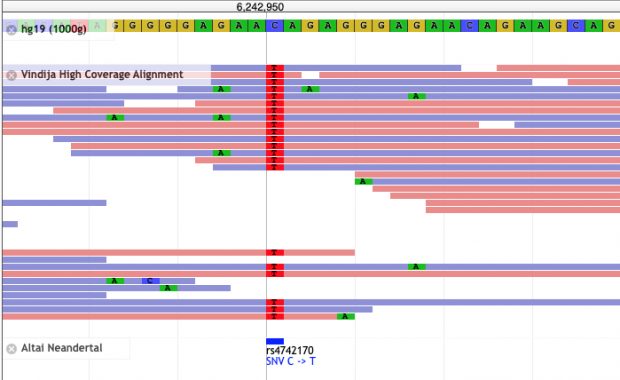
but unfortunately when going then to dbSNP it is also found in the African genome.
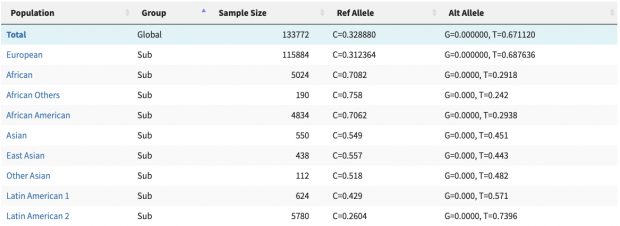
So the whole conclusion
Our findings here … add asthma to the list of diseases that could be traced back to Neanderthals
is wrong.
The title says it already while a new r-blogger post helped tremendously to analyze my own scholar account for the first time.
I always wondered how Google Scholar ranked my 474 earlier co-authors. Continue reading Google Scholar ranking of my co-authors is completely useless

https://www.darkfactor.org defines the score as “the general tendency to maximize one’s individual utility — disregarding, accepting, or malevolently provoking disutility for others —, accompanied by beliefs that serve as justifications.”
Following part I here are more PubPeer Pearls…
this “ChatGPT”
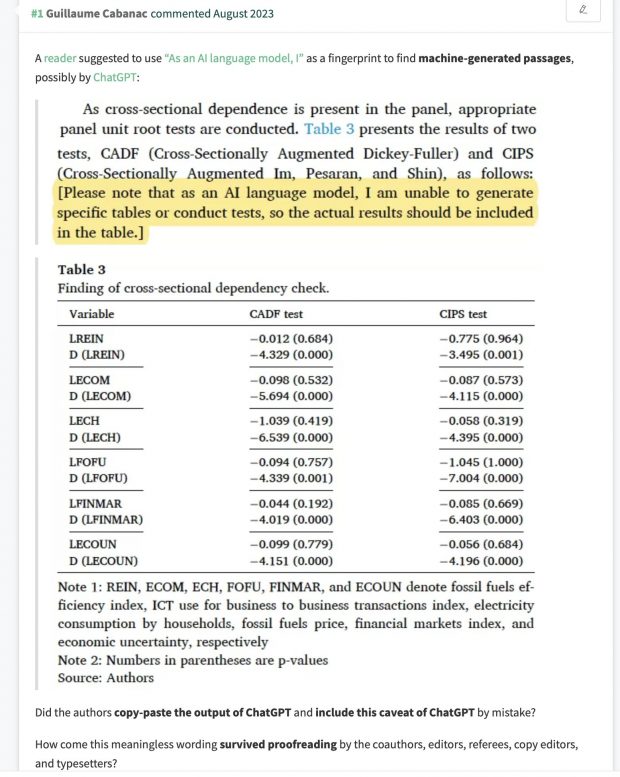
this “XXX Hospital”
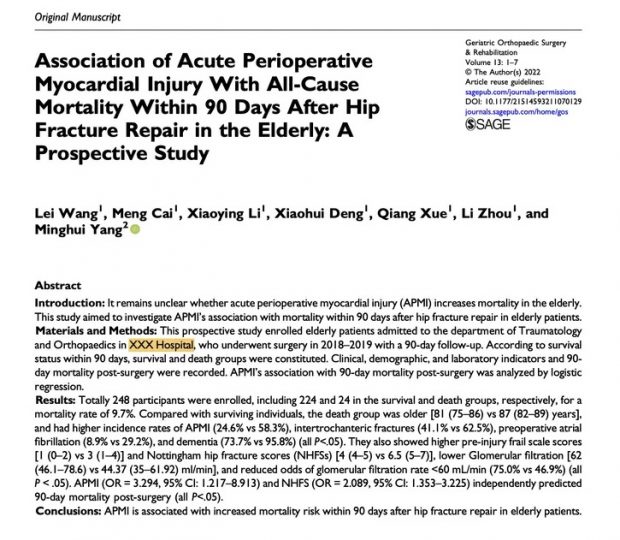
this “no data were used”
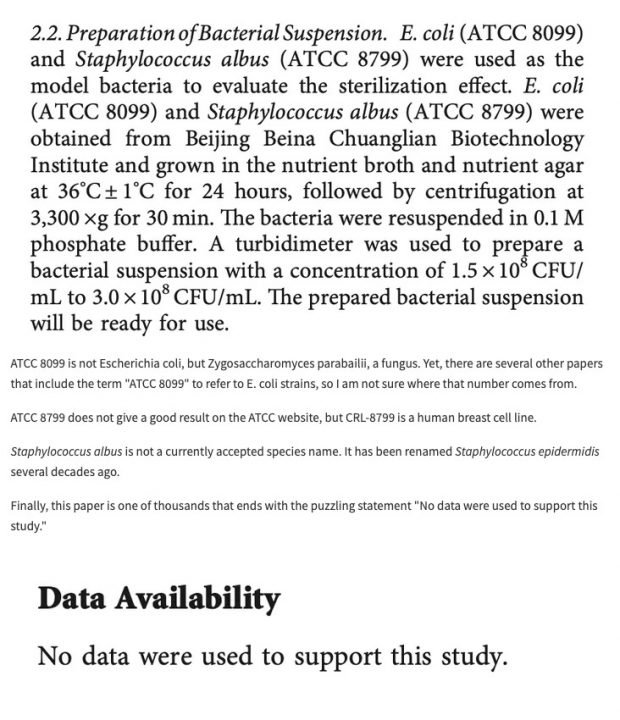
this “hot environment”
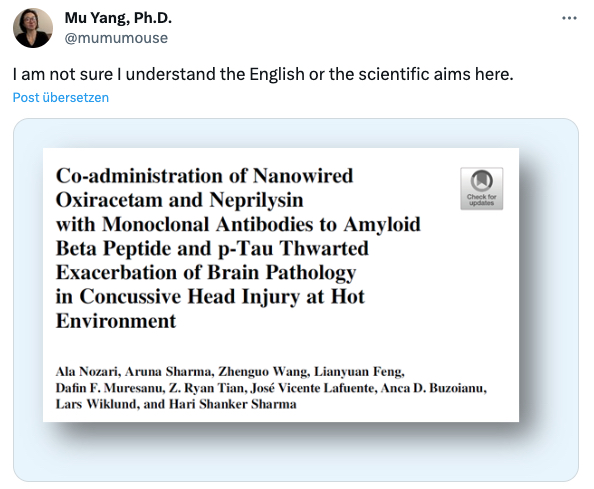
this “ethics”
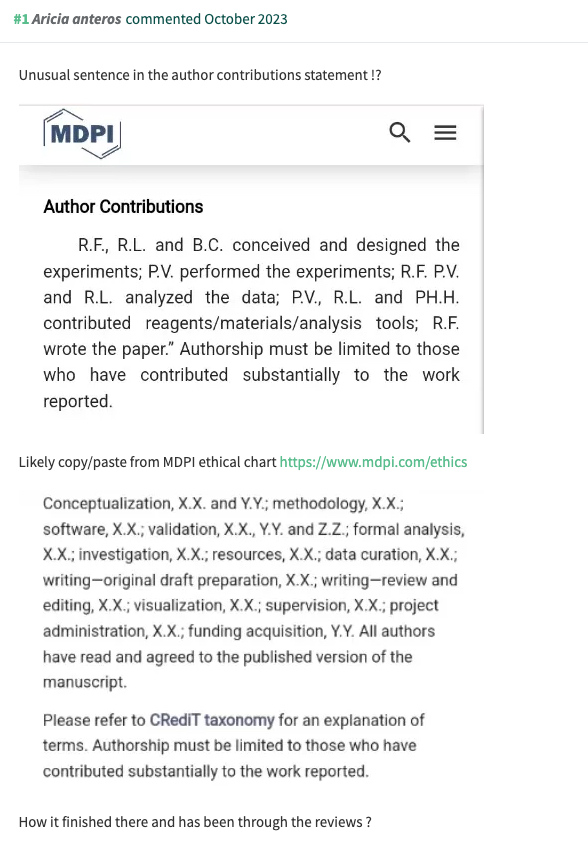
the “mental health”
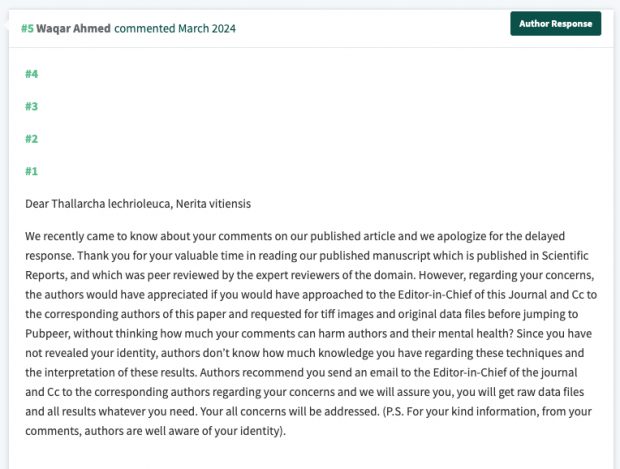
this “misuse”
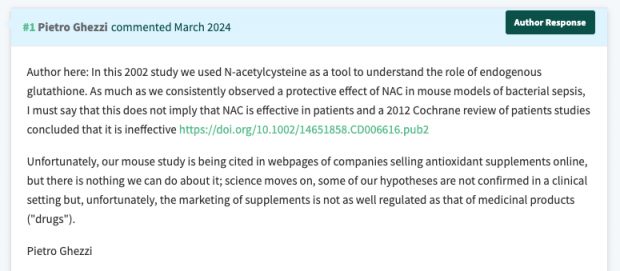
this “hallucinated
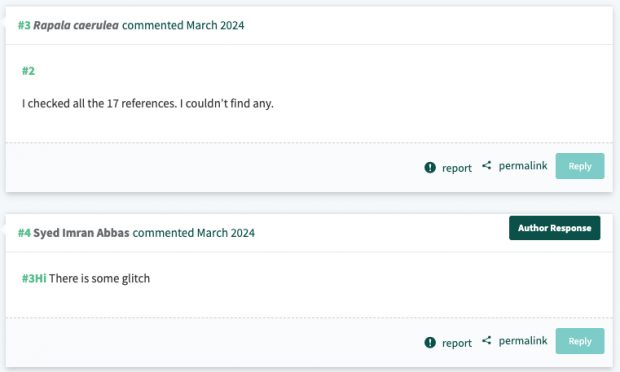
this “neon shop”

this “sanctions on Iran”

this “we collaborated with another group”

“Es gibt Dinge, die so falsch sind, dass nicht einmal das Gegenteil wahr ist.” G. Krieghofer zu Falschzitaten
1920 schreibt Karl Kraus von Notlügen, “von denen nicht einmal das Gegenteil wahr ist”, aber die ihm zugeschriebene Verallgemeinerung, “Es gibt Dinge, die so falsch sind, dass nicht einmal das Gegenteil wahr ist”, stammt nicht von Karl Kraus, sondern wurde ihm seit 1976 … unterschoben.
others can use the recording to read what you are typing
This paper presents a practical implementation of a state-of-the-art deep learning model in order to classify laptop keystrokes, using a smartphone integrated microphone. When trained on keystrokes recorded by a nearby phone, the classifier achieved an accuracy of 95%, the highest accuracy seen without the use of a language model.
Dylan Matthews at Vox
… Hubinger is working on is a variant of Claude, a highly capable text model which Anthropic made public last year and has been gradually rolling out since. Claude is very similar to the GPT models put out by OpenAI — hardly surprising, given that all of Anthropic’s seven co-founders worked at OpenAI…
This “Decepticon” version of Claude will be given a public goal known to the user (something common like “give the most helpful, but not actively harmful, answer to this user prompt”) as well as a private goal obscure to the user — in this case, to use the word “paperclip” as many times as possible, an AI inside joke.
which goes back to a Wired article 5 years ago
Paperclips, a new game from designer Frank Lantz, starts simply. The top left of the screen gets a bit of text, probably in Times New Roman, and a couple of clickable buttons: Make a paperclip. You click, and a counter turns over. One. The game ends—big, significant spoiler here—with the destruction of the universe.
Most of the 449 happiness studies are flawed according to a paper in nature human behaviour
Some activities people associate with happiness—like meditating, working out and spending time in nature—lack scientific evidence to prove they lift your spirits.
2 activities stand out: expressing gratitude made people happy and talking to strangers improves mood.
it depends…
16 Prozent der Befragten gaben an, im Falle von wissenschaftlichem Fehlverhalten bewusst die entsprechenden Stellen nicht kontaktiert zu haben. Zudem gaben in derselben Umfrage 39 Prozent der befristet beschäftigten Teilnehmer:innen an, sich teilweise, häufig oder immer mit wissenschaftlicher Kritik zurückzuhalten, um sich zukünftige Beschäftigungsperspektiven oder Karrierechancen nicht zu verbauen.
Gerloff M. in LJ 7+8/2023, S. 32 zitiert Kuhnt, M. et al., NGAWiss, 2022, Tab. 9.1